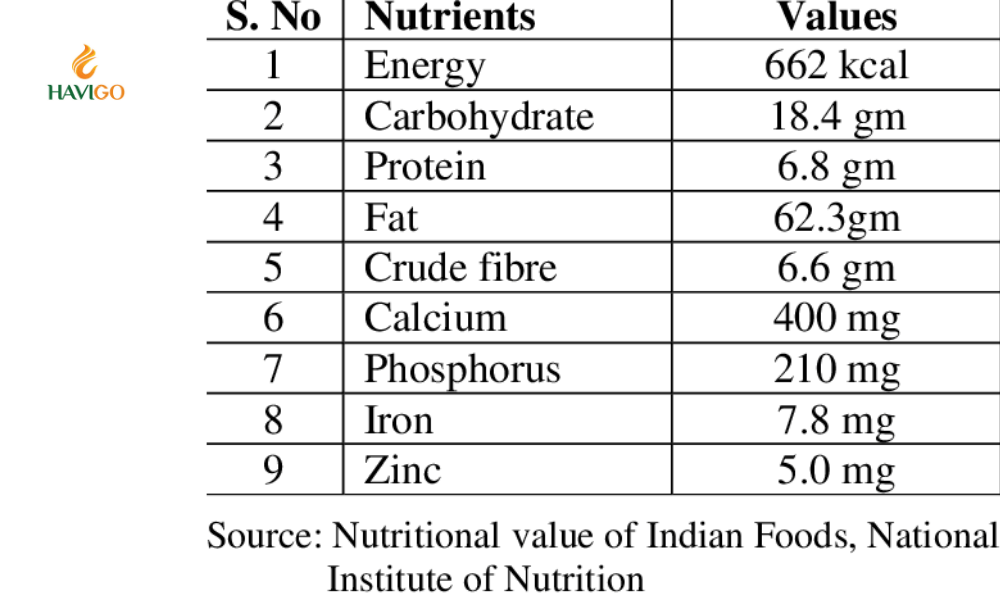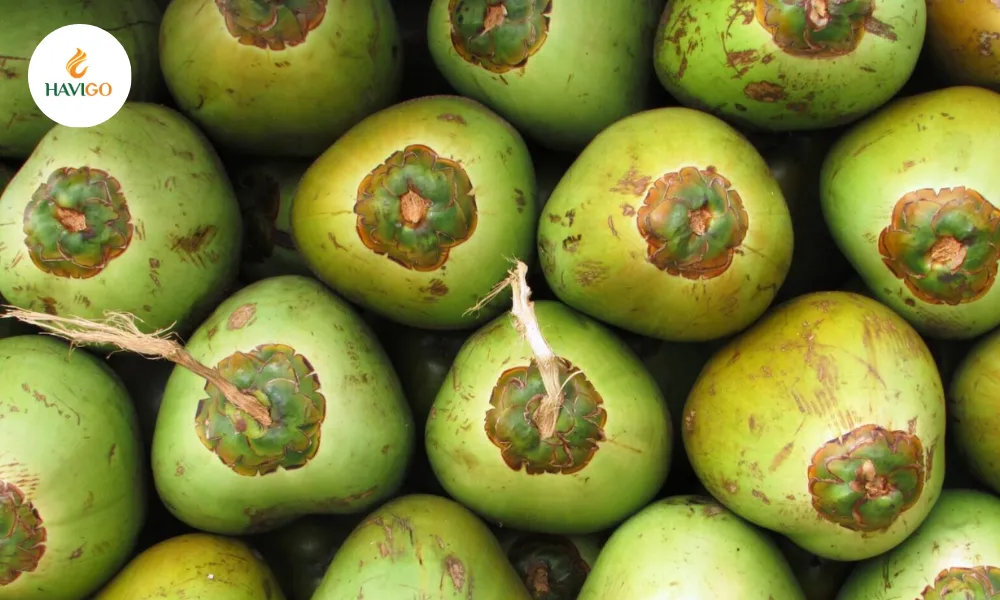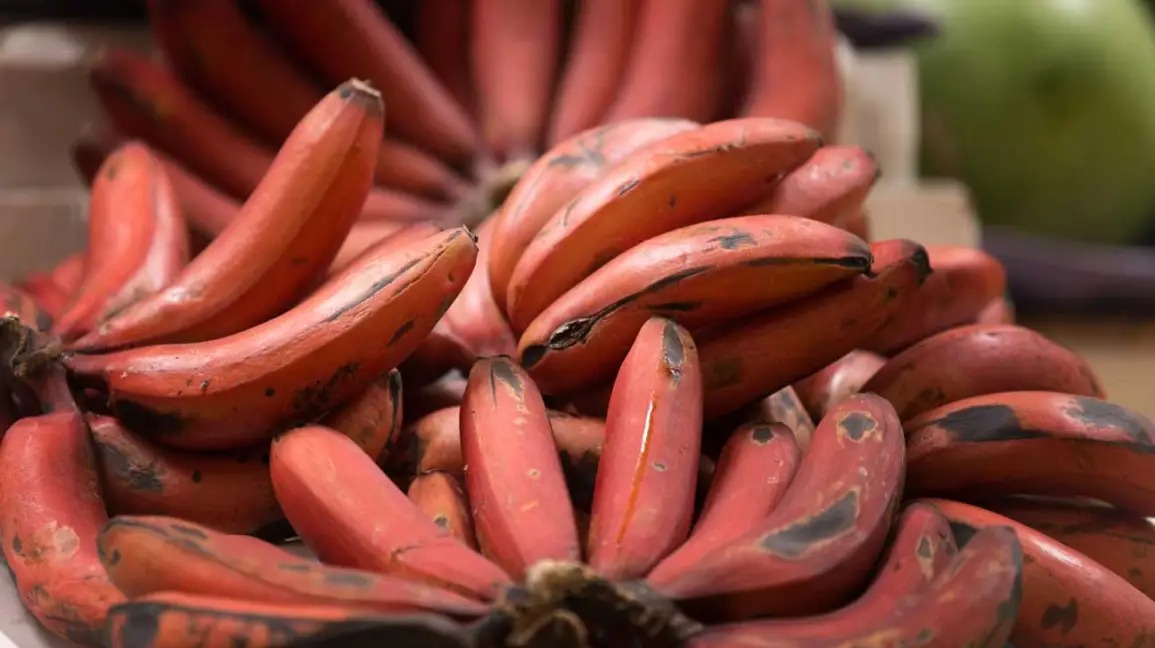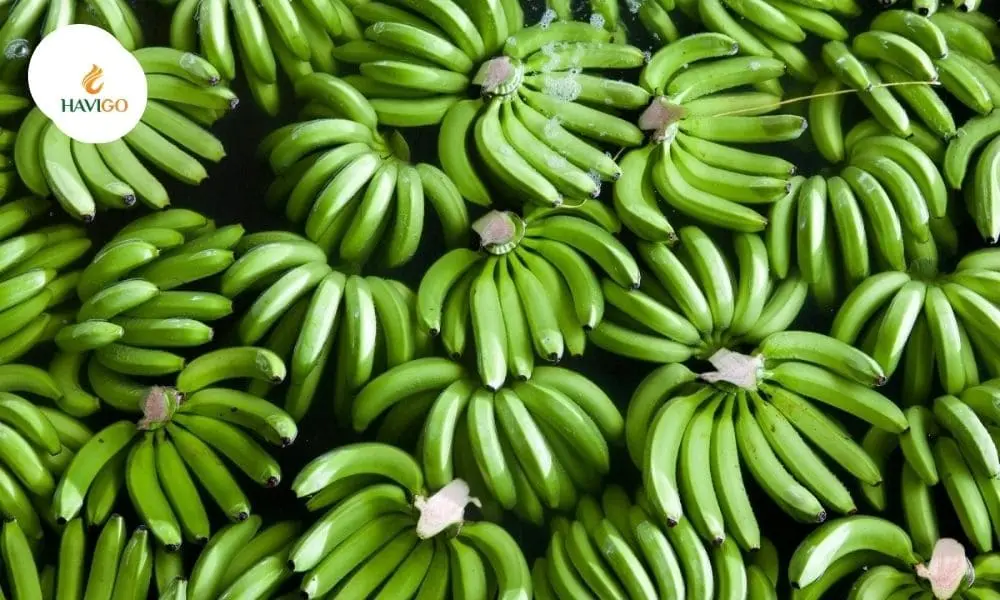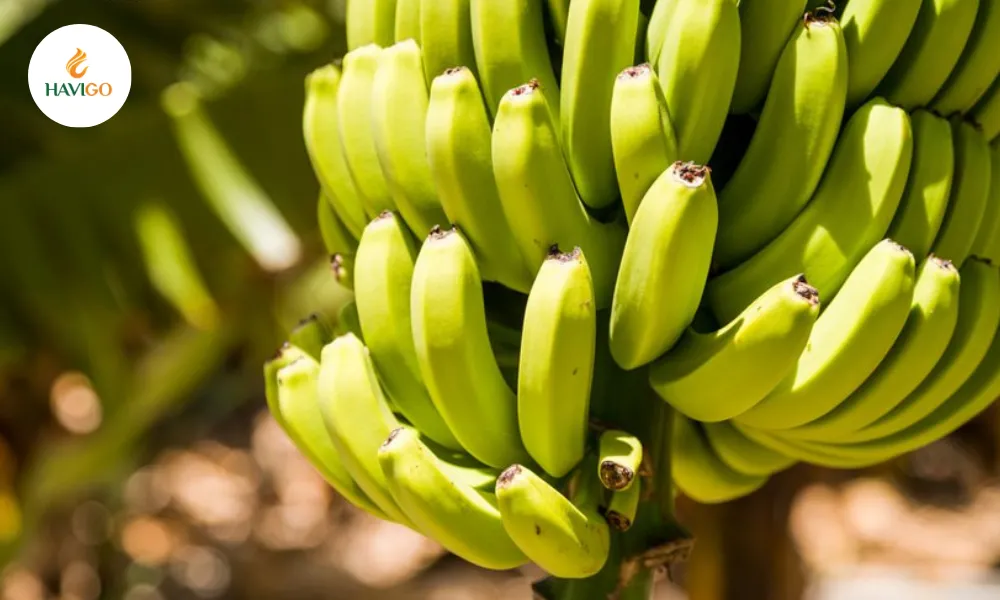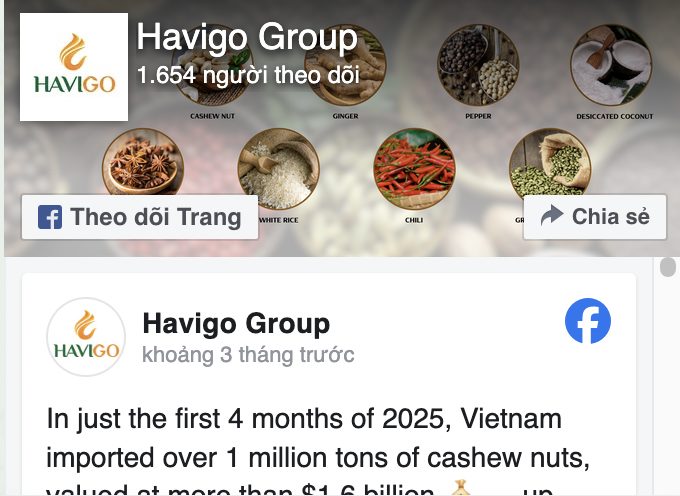What is Desiccated Coconut?
According to Wikipedia, the coconut tree (Cocos nucifera) is a notable member of the palm tree family (Arecaceae). Remarkably, it stands as the sole living species within the genus Cocos. The name “coconut,” or its older form “cocoanut,” refers broadly to the entire coconut palm, its seed, or its fruit. Botanically speaking, this fruit is a drupe, not a true nut. Though originally native to the Central Indo-Pacific region, coconut trees now flourish ubiquitously in coastal tropical areas. They have consequently become an iconic symbol of the tropics.
What is Desiccated Coconut? It is simply the shredded, dried meat of the mature coconut. Manufacturers process this staple ingredient meticulously. They start with fresh, ripe coconuts, removing the shell and brown testa. Next, they wash the white meat thoroughly before shredding it into fine or medium grades. Consequently, these shredded pieces undergo careful drying in ovens. This critical step reduces the moisture content significantly. Ultimately, the process yields a stable, versatile ingredient perfect for baking and cooking.
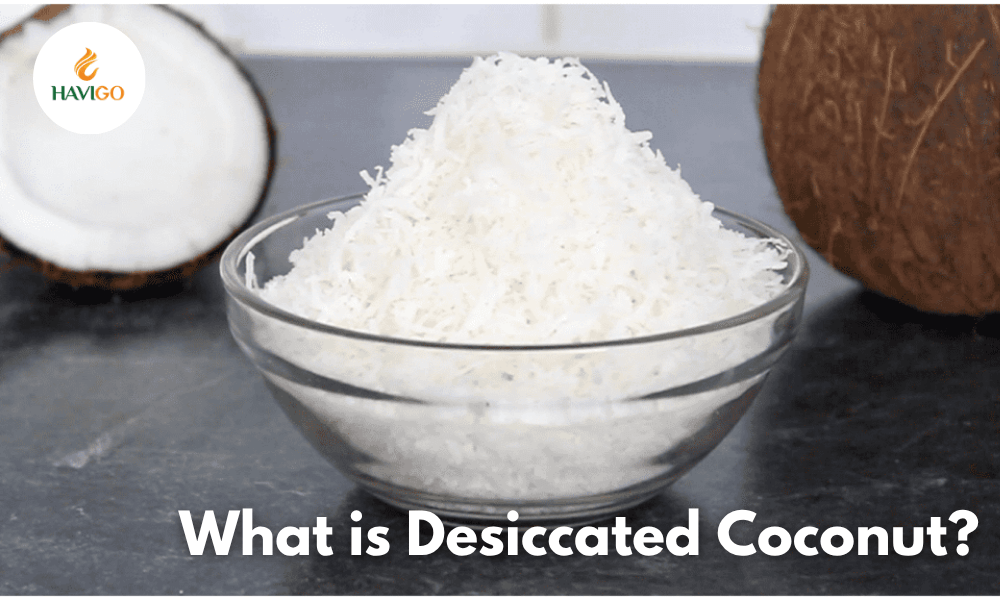
The Production Process of Desiccated Coconut: From Palm to Pantry
The journey of coconut meat becoming desiccated is fascinating. Workers first select only the best, mature coconuts. They split the coconuts and extract the pure white kernel. Following extraction, sanitation ensures the meat’s purity. Afterward, high-speed machines precisely shred the coconut. This shredding determines the final product’s texture. Furthermore, the shredded coconut moves to specialized dryers. Here, controlled heat removes nearly all the water. Proper drying is crucial; it achieves a long shelf life. Finally, they cool the dried coconut flakes and then package them. This packaging protects the quality and prevents reabsorption of moisture.
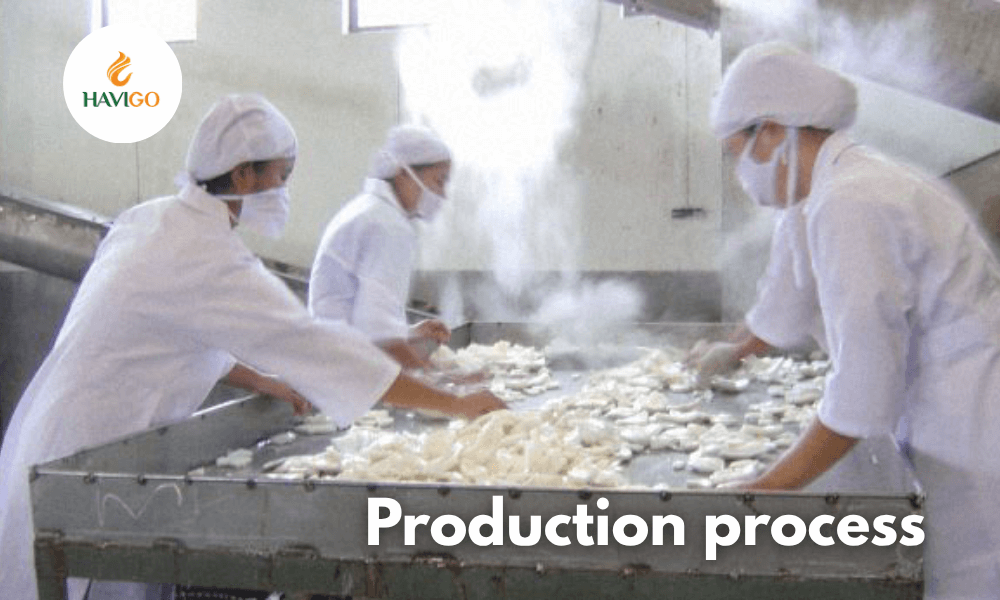
Key Grades and Textures of Dried Coconut
Desiccated coconut comes in various grades based on particle size. Understanding these grades is important for specific recipes. For example, fine grade desiccated coconut is ideal for uniform mixing. This fine texture incorporates smoothly into batters and doughs. Conversely, medium grade offers a more substantial, noticeable chew. Bakers often use it for toppings or fillings where texture matters. Additionally, some producers offer flaked or shredded coconut. These larger pieces provide maximum visual appeal and a robust texture. Clearly, choosing the right grade affects the final dish’s mouthfeel and appearance.
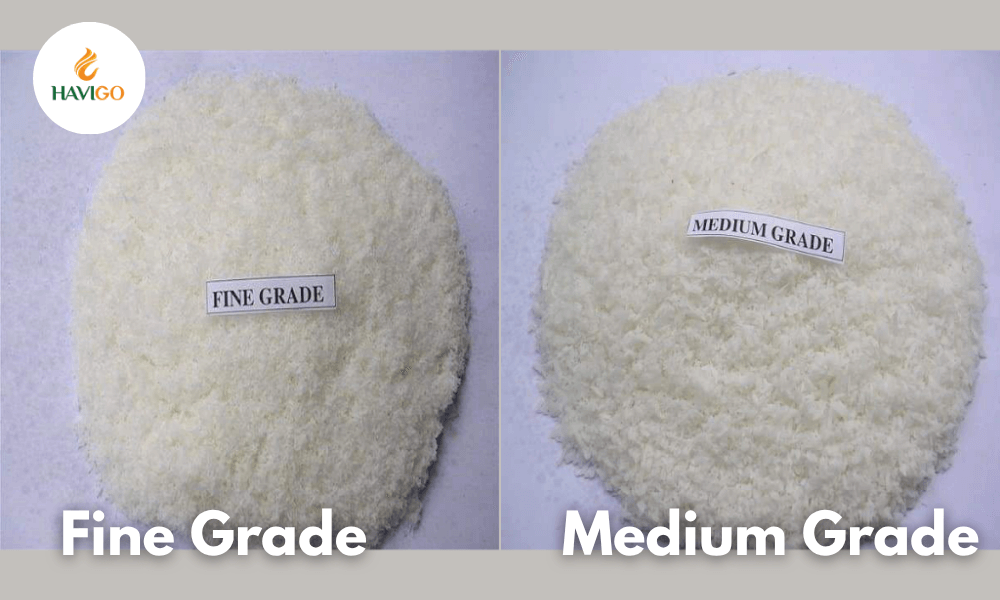
The Nutritional Profile of Dried Coconut
Desiccated coconut isn’t just a flavor enhancer; it offers real nutritional value. Primarily, it’s an excellent source of dietary fiber. This fiber aids digestion and promotes a feeling of fullness. Moreover, the product is rich in healthy saturated fats. These fats, including medium-chain triglycerides (MCTs), provide readily available energy. Significantly, it also contains various essential minerals. These minerals include iron, potassium, and magnesium. Consequently, including it in your diet can contribute positively to overall wellness. However, moderation is always key due to the higher calorie density.
Culinary Uses: Beyond the Bakery
Dried shredded coconut is an incredibly versatile ingredient globally. It’s a foundational component in countless baked goods, of course. Think of macaroons, cakes, and cookie fillings. Furthermore, it adds depth to various savory dishes. Many South Asian and Southeast Asian cuisines utilize it extensively. Consider adding it to curries for thickness and a slight sweetness. It also makes an excellent, flavorful coating for fried foods. Because of its intense flavor, a small amount goes a long way. Truly, its uses extend far beyond simple dessert topping.
Storage and Shelf Life Secrets of the Desiccated Coconut
Proper storage is paramount for maintaining the quality of desiccated coconut. This product is highly susceptible to absorbing moisture and odors. Therefore, always store it in an airtight container. Furthermore, a cool, dark pantry is the optimal location. Avoid storing it near direct heat or sunlight. If stored correctly, it can last for many months. Occasionally, check for any signs of spoilage or rancidity. Proper handling ensures the best flavor and texture every time you use it.
Stay Connected with Havigo: Your Source for High-Quality Desiccated coconut
Havigo Company Limited is your reliable agricultural export partner in Vietnam. We specialize in supplying and delivering high-quality Vietnamese agricultural products, including spices, rice, beans, and fruits, to the global market.
We aim to build long-lasting partnerships by guaranteeing the following core elements:
- Superior Quality Assurance: We are confident in our ability to consistently deliver products that meet the highest international quality standards required by the global market.
- The Best Competitive Pricing: We provide high-quality goods at the most competitive prices in the market, helping to optimize the profitability of your import operations.
- Prompt & Dedicated Support: Our team is committed to offering fast, enthusiastic, and professional customer support throughout our entire partnership journey.
If you are interested in importing desiccated coconut from Vietnam, please contact us immediately for the best support!
Contact Us Today:
To receive a quotation and detailed assistance, please reach out directly via WhatsApp: +84 979 58 58 56. We look forward to partnering with you!


